Objective
Concept and Creative Direction
The campaign is directed by BAFTA-nominated director and art director Lèmarl Freckleton, known for his work with notable brands such as New Balance, North Face, Nike, and Tottenham Hotspur. The creative vision revolves around placing the new cricket kit within iconic TfL environments, blending the old with the new through the use of mixed media and high-quality video production.
Execution
1. Location and Setting
- The shoot takes place at the TfL Depot in Acton, leveraging preserved old transport carriages as a backdrop.
- Players will be positioned in these carriages, symbolically driving the narrative forward.
2. Visual Style and Elements
- The campaign employs a high-paced editing style to create a dynamic and streetwear film attitude.
- Mixed media, including high-quality video and Super 8 footage, are used to maintain visual interest.
- Geometry in graphics (GFX) is utilized to convey a sense of the present situated within the past, enhancing the storytelling aspect.
3. Lighting and Mood
- The lighting strategy focuses on creating depth and contrast, with the player as the central focus and a dark fall-off in the environment.
- This approach not only adds visual depth but also facilitates the creation of cutouts for mixed media purposes.
4. Styling
- The new shirt is the focal point of the campaign, styled in a relaxed and casual manner to appeal to a broad audience.
- Accessories such as headwear and various types of bottoms (trousers to tracksuit bottoms) are incorporated to elevate the overall messaging and ensure versatility in styling.
Production Details
- Duration and Team: A three-hour shoot is planned with a compact crew of eight people.
- Participants: Four players (two male and two female) are featured, each required for no more than two hours.
- Simultaneous Shooting: Stills and video footage are captured concurrently to maximize efficiency and consistency.
Conclusion
The TfL x London Spirit campaign exemplifies a creative fusion of historical and contemporary elements, leveraging the iconic status of TfL’s heritage and the modern appeal of cricket. By utilizing innovative visual techniques and a strong narrative approach, the campaign not only highlights the new cricket kit but also celebrates the rich cultural tapestry of London.
Key Takeaways
- Innovative Approach: Combining historical settings with modern design elements to create a unique campaign narrative.
- Mixed Media Utilization: Effective use of high-quality video, Super 8 footage, and GFX to maintain visual engagement.
- Strategic Styling: Ensuring the central product (cricket kit) is styled in a versatile manner to appeal to a wide audience.
- Efficient Production: A streamlined shoot with a small crew and simultaneous capture of stills and video for cohesive output.
This case study illustrates how brands can successfully collaborate to produce content that resonates with both historical significance and contemporary appeal, fostering a deeper connection with their audience.


